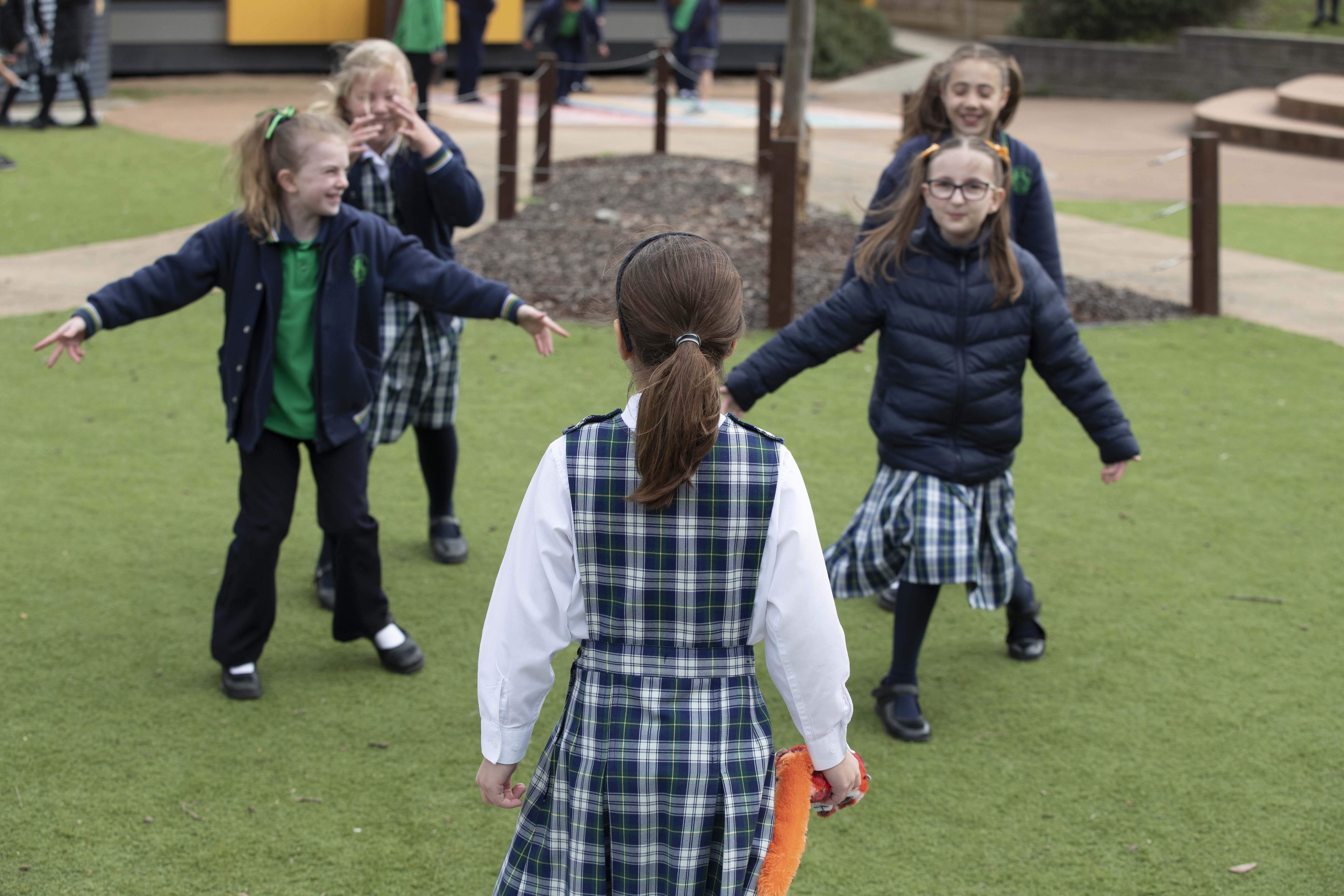On this page
Download this Fact Sheet:
Fact Sheet: Physical activity and mental health and wellbeing (140.2 KB, PDF)
How can regular exercise affect mental health and wellbeing?
Physical activity can support many aspects of child and adolescent development, including mental health and wellbeing, social and emotional skills, as well as physical development of motor skills.
Physical activity helps:
- regulate mood
- promote sleep – which also helps regulate moods, increase energy levels and improves memory and learning
- improve memory and learning capacity
- pump blood to the brain to boost mood, concentration and alertness
- promote relaxation by reducing tension
- provide children and young people with an outlet for excess energy and frustration
- provide an opportunity for children and young people to socialise and meet new people, reducing loneliness and isolation
- improve motor and cognitive skills, which can boost self-esteem
- distract children and young people from unhelpful thoughts.
These benefits also serve to improve classroom behaviour and promote a more positive learning environment.
How much exercise do children and young people need?
The 24-Hour Movement Guidelines outline the following recommendations for exercise for children and young people:
- Infants (birth to one year): 30 minutes per day of supervised interactive floor-based play including tummy time, reaching and grasping, pushing and pulling and crawling.
- Toddlers (1-2 years): at least 180 minutes a day, including energetic play such as running and jumping.
- Pre-schoolers (3-5 years): at least 180 minutes a day of which 60 minutes is energetic play such as running, jumping and kicking and throwing.
- Children (5-12 years) and young people (13-17years): at least 60 minutes of moderate to vigorous intensity physical activity every day.
It’s worth noting that many young people do not meet these guidelines.
What can your early learning service or school do to promote exercise?
Services and schools provide many opportunities for children and young people to join in physical activity, through both structured activities like formal classes or team sports and spontaneous play.
Physical activity options should be varied to include a range of interests and abilities. Helping to ensure that all children and young people have opportunities to participate.
Though there may be challenges integrating formal exercise programs into the curriculum (it takes specialist teachers, sports equipment and facilities), there are many ways you can engage children and young people in physical activity.
You can:
- hold outdoor or walking classes where a lesson is conducted ‘on the move’
- provide space in the environment to allow for physical play both child and educator led
- include opportunities for physical activity throughout the day. For example, as children transition from one area to the next
- establish a ‘bush kinder‘ or ‘bush class’ session or incorporate walks to local parks or nature reserves as part of your early learning program
- include outdoor activities in subjects such as maths, science or geography
- try standing lessons to break up extended sitting time
- provide bats and balls and other play equipment during lunch and recess
- have play spaces and play equipment to encourage physical activity If you don’t have equipment you could set up an obstacle course with what you have available
- see if it’s possible to partner with local sport and recreation clubs and local councils so you can use their equipment and facilities – perhaps you could work with leadership to apply for a physical activity grant to fund a project
- provide safe and secure bike parking
- incorporate short bursts of jumping jacks, squats, stretches or other movement during lessons as brain breaks
- partner with families to foster positive relationships and promote the mental health and wellbeing of children and young people
- promote active travel, such as encouraging children and young people to walk as much as possible and welcome active travel ideas like a walking school bus to your local community.
Some children and young people dislike competitive sport and may experience anxiety about competition.
You could consider offering non-competitive physical activities such as yoga as an alternative. Or offer activities where the focus is on participation, not competition. It’s more important for children and young people to learn that being active is fun rather than focusing on winning.
-
External links
-
Bibliography
Australian 24-Hour Movement Guidelines for the Early Years (birth to 5 years). Retrieved from https://www.health.gov.au/sites/default/files/documents/2021/05/24-hour-movement-guidelines-birth-to-5-years-brochure.pdf
Australian 24-Hour Movement Guidelines for Children and Young People (5 to 17 years). Retrieved from https://www.health.gov.au/topics/physical-activity-and-exercise/physical-activity-and-exercise-guidelines-for-all-australians/for-children-and-young-people-5-to-17-years
Australian Institute of Health and Welfare. (2024). Physical Activity. Physical activity - Australian Institute of Health and Welfare. Retrieved from https://www.aihw.gov.au/reports/physical-activity/physical-activity


